|
I used to coupon back before we had any kids. We lived nearby a commissary, and I LOVED the thill of scoring products for free just because I took 5 minutes to print and cut a coupon! A friend of mine recently reigninted my couponing passion after posting about her amazing extreme couponing adventures, so I decided I needed to get back into it. Less money on groceries = more money for other bills, right lol?
I started by checking out the Krazy Coupon Lady and downloaded her app, then I added the Target Cartwheel app, and Ibotta app. The Krazy Coupon Lady organizes all the deals at a variety of stores and matches sales, coupons, and rebates so you can get the best deals. She recommended starting couponing with Target so I decided it would be simple enough! Target had a great deal on sunscreen where you spend $15 and get a $5 target card, and if you’ve purchased sunscreen in the last few years, then you know that’s pretty easy to do. To make the sunscreen deal sweeter, it was paired with a Coppertone $2 coupon and an Aveeno $3 leading to final prices being $1.33 (factoring in the earned gift card). Unfortunately, the link to the Aveeno coupon didn't work. So I purchased a Coppertone and Target brand sunscreen, saved $2, and got the gift card. Two bottles of sunscreen: $8.98 In that same Target trip, we spent $15 on a variety of drinks and received another $5 gift card. I was hoping to score an amazing deal on Magnum Ice Cream, according to a deal from the Krazy Coupon Lady, but the ice cream wasn’t on sale at my Target… so that was a bummer, but all in all, I left Target a happy mama! I decided to hit up Wal-Mart the next day and soak up some more coupon savings. According to the Krazy Coupon Lady, Bick Soleil Razors were $0.27 after a $3 coupon, pasta was $0.38 after a rebate, shampoo was $0.98 and I would earn $0.03 by buying command strips. Woo-woo! It took me about an hour to get the coupons I needed because I had to download different software and wait on emails from companies with the coupons, but I was excited nonetheless. Unfortunately, we got to Wal-Mart and the razors were $2 more than what the Krazy Coupon Lady App had said, so it wasn't an amazing deal… and the command strips were $0.60 more than reported… and the rebate for the pasta couldn’t be found. The only deal that was accurate was for the shampoo…. And guess who printed out the WRONG coupon in my morning rush? So, that Wal-Mart trip was a total coupon BUST. I’ve loaded on receipts into my Ibotta App, and earned an additional $5 in cash back that I can redeem once I reach $20- and because I’m a new Ibotta member, I’ll receive a $20 bonus once I redeem 10 offers, which should be in the next few days. I can’t believe I didn’t start using Ibotta years ago, I’m anticipating receiving about $20 per month in rebates and will update on how that’s going in a few months! If you want to try out Ibotta and see how much you can save, please put me down for your referral friend- my code is: rojqsja I'm a bit disappointed with the Krazy Coupon Lady App. I do plan to keep printing and using coupons, but it’s not worth making special trips to the store based on reported deals aren't as sweet, or there just not there. Have you couponed before? Any tips or tricks to share? Have a good one!
0 Comments
One thing that I love about Genesis, and the Bible in general, is that there is no shortage of dysfunctional people living in dysfunctional families. I can imagine that things got a little stuffy on Noah's ark when all your extended family is shoved together into a boat for 40 long days. A little bit of family counseling also might have helped clear the air a bit before Sarah sent her servant and her husband's son out to the desert to die. But the Bible is filled with flawed people being used by a perfect God. This morning, I was looking at the relationship between Jacob and his father-and-law, Laban. Now, Laban was a bit of a scoundrel. Jacob worked for him for 7 years to marry his daughter Rachel, and he tricked Jacob on his wedding night and gave him his other daughter Leah instead. Even after the dust settled, and Jacob agreed to work another 7 years for the Rachel, I can only imagine the awkwardness at family events never ceased. Perhaps you can relate too? The hatchet is never buried between Laban and Jacob, and Laban continues his passive aggressive behavior towards his son-in-law. Laban changed Jacob's wages (10x according to Jacob's account in Gen. 31:7), started treating him differently, and his attitude towards Jacob even ran off and affected how Laban’s sons treated him. Finally, Jacob had enough so he went to his wives declared they were taking off and leaving (31:17). Even though Laban hadn't proven to be the most honest and trustworthy person, he did love his daughters and grandchildren so he decided to follow after Jacob- perhaps even to fight him and force him to return. God supernaturally intervened the night before the two adversaries met in a dream to prevent Laban from kicking the hornet's nest (Gen. 31:24), and then we witness what I'll call the Bible's first family counselling session. There are a few great lessons to learn from what all went down at the close of the 31st chapter. First, both parties air their grievances against one another. Both men express why they're doing what they've done. Laban accuses Jacob of stealing one of the family's gods and Joseph says that he didn't and if anyone from his house did, they should be killed. In the open air of expression, resolutions can begin to be formed. Next, Jacob's tents and belonging are searched to see if he's lying. But Rachel is sitting on the stolen god and Jacob is unaware. Once that family issue is seemingly resolved, the counseling session shifts back to the pain Jacob is carrying. "I've been with you for 20 years now, and have never wronged you." (I'm paraphrasing here) Jacob explained.
Between Jacob's words and actions, Laban seems to develop some acceptance, and explains that "the women are my daughters and the children are my grandchildren," and he loves them though they don't see eye to eye. Though the wrongs weren't magically made right, the two decide to look forward for the sake of their family and they make a covenant with a stone and a heap of rocks. Every member of the family participates in the construction of this monument- and the best part is, Laban calls it one name and Jacob calls it a different name. They couldn't even stand to agree enough to call it the same thing! But this covenant represented two things: it settled Laban's fear of Jacob mistreating his daughters and it created a boundary between the two households. Jacob and his family could grow and prosper the way they needed to, and Laban could have the relationships restored with the members of his family that he loved. To me, this first family counseling session offers some great lessons. A) Air your grievances instead of letting it fester for 20 years. B) Listen and respond to the grievances. C) Respect family member’s different relationships with one another. We all don't have to feel the same way about one another, but we are supposed to love (Jhn. 13:34). D) Honor boundary lines for they're a holy thing. What else do you think this chapter is saying about family relationships? Since day one of parenting, I've desired for my children to have an appreciation of languages. When my oldest was a baby, I’d read to him each evening in English and a storybook in French. As he grew, we discovered French kids music that taught us both new vocabulary and purchased Little Pim to dive in further. Now, I have 4 kids and nothing is as clear cut and intentional as when I started out. But even the chaotic... well... chaos... can be productive for kids to learn language skills if you're intentional about a few things: Listening Activities: Children under the age of 5 tend to be able to listen and grasp foreign language sounds with greater ease than older children and adults. For this reason, when my children are small and want to watch tv- what kid doesn't? I allow them to watch short shows in French. Some of our favorites are Masha et Mishka, Shaun le Train, Bob le Train, and Monde de Petite Fr. Books: We have a large collection of French storybooks. Many of them are books that we also have in English. My older children enjoy "treasure hunting" to see if they can accurately read and translate the text by looking at the English and French version side by side. Of course, we also read the books too :) Workbook Practice: As with other subjects, being able to read, write and explore a topic is important to fun learning. That's where Mon Premier Workbooks come in. They offer French practice that feels like having fun with a coloring book. I've been instrumental in the design process at Esther's House Publishing and tried to craft them in a way that's simple, fun, and engaging. Meet kids where they're at:
Learning languages when your little should be a fun experience. I've had to accept where my kids are at. Despite my own love for French, one if my kids enjoy a learning Spanish and my older ones love kione greek... so we have fun and explore! Remember, the goal is the inspire the love of learning languages more than mastering particular material. What are your tips for teaching kids second languages, or third??
WorthyKids, an imprint of Hachette Book Group recently released a new children’s book that will delight little learners! Nothing by Natalee Creech is an inspiring rhyming tale based on Romans 8:38-39: “For I am persuaded, that neither death, nor life, nor angels, nor principalities, nor powers, nor things present, nor things to come, nor height, nor depth, nor any other creature, shall be able to separate us from the love of God, which is in Christ Jesus our Lord.”
In Nothing, children will take an exciting adventure to the depths of the sea and the heights of the tallest mountains to witness that nothing can separate us from God’s love. They’ll learn that God’s love is even bigger than mistakes they might make or frightening storms that may come and the vibrant illustrations will easily catch the imagination of little listeners and help to transport them into the story. Nothing is ideal for children 4-7 years of age. The book is hard covered with a dust jacket and can certainly stand up to a lot of “love” from little hands.
I was initially attracted to this book because of the playful cover and the reputation of WorthyKids. I first read it to my 4-year-old daughter during some afternoon quiet time, and was really impressed with the content. Rhyming children’s books are not an easy thing to do- and do well, but Natalee Creech has done an incredible job writing a piece that is not only acoustically charming, but inspiring and impactful. One part of the book that particularly resonated with my daughter was, "Not a rumbling volcano, not an earthquake or flood, not a swirling tornado or a sinkhole of mud" [can separate us from God's love]. Last spring, we had a small tornado touch down a few miles from our home. I happened to be at the grocery store, because that's my second home, and my husband was with our kids. When the trees started crumbling and the power went out, my kids were frightened and worried about me. The verse and illustrations helped my daughter see that she’s not the only ones who might be afraid during storms, but that even tornadoes can't separate us from God!
Nothing by Natalee Creech has become a favorite in our house! I enjoy reading it as a bedtime story, and my son has even been practicing reading it to his siblings in our pop-up tent reading nook!
I’d certainly recommend this book to families looking to teach their children about Romans 8 and God’s amazing love for us! It also would be a perfect birthday gift for young children and would be a wonderful addition to any Sunday school classrooms!
Be sure to check out what the rest of the Homeschool Review Crew thought of Nothing! A few weeks back, we decided to take a family road trip to Ikea. Yea, the furniture store. It’s about an hour away, and of course, by the time we got the car loaded with all the kids, it was peak traffic time on a Friday… but we decided to live on the edge! So we get to Ikea, and wander around the maze of rooms, try out the couches and arguing about table sizes. Everyone’s highlight was the food stop- and all in all, we had a successful trip, until the last 5 minutes. Before making the drive back, I asked my kids if they needed to use the bathroom. Of course, the resounding answer was “Yes!” So, I schlepped my four kids to the bathroom. This bathroom smelled particularly bad, as bathrooms often do, and my kids started rioting. My four year old cried and said she couldn’t go to the bathroom because the smell was so bad. Meanwhile, I’m wearing a baby in a carrier, and supervising two other kids in different stalls, with a child who was hysterical. Onlookers were watching me with a sneer; as if I’d personally abducted these kids and was making sure they used the bathroom before loading them into a windowless van. Anyway, we made it out of the bathroom and began our 100 yard walk to the car where my husband was waiting for us. With tired and cranky kids who refused to use the bathroom, every foot felt like a mile. They began fighting over who would hold my hand- two mom hands, and three children walking can be an earthshaking devastation, especially when you’re two. As my second youngest began to melt down in front of the check-out registers, I began to melt down too. "WHY did I think it was a good idea to come here? Why did I think it was a good idea to have so many kids!?!?” I thought to myself. As my thoughts spiraled downward, the Holy Spirit interjected, “They’re arrows, not shackles.” The words took me by surprise, especially in my negativity, but I knew it was a reference to Psalm 127: The section reads: Motherhood is filled with moments like our trip to Ikea. One minute everything is fine, the next minute three kids are crying for three different reasons, and I can only attend to one thing at a time. I don’t pretend to know what I’m doing- ever. But, I’m thankful for a God who does know what He’s doing so I don’t have to. Somedays it looks like taking baby steps to make it out of the store and into the car, and other days run much more smoothly, but God knows what He’s doing in each moment. He doesn’t worry when someone acts out, or misbehaves, because He sees the bigger picture and a brighter plan for their futures- and yours too!
Happy Mother’s Day! Xoxo Alex 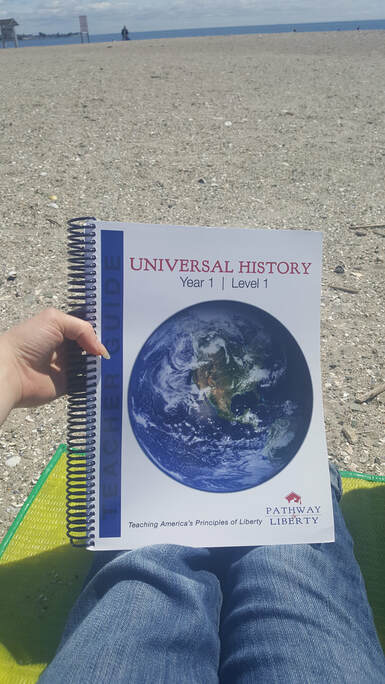
Pathway to Liberty Homeschool Curriculum began in 2008 when Jayme MacCullough was unsatisfied with the curriculum available for her 5 boys. She developed a curriculum with a strong Biblical foundation and unique viewpoint: liberty. Through the “Chain of Liberty,” a series of global events outlined in the curricula as well as in Jayme’s book The Chain of Liberty, students learn more than just historic events, they witness God’s Providence on these events alluding to the ultimate restoration of humanity and the world.
We started our Pathway to Liberty's History Curriculum journey with the first course: Pathway to Liberty's Universal History, which begins with the Creation account in the book of Genesis and ends at the book of Esther. The course is 24 weeks long with 4 lessons per week. We found that lessons usually took 20-30 minutes and were very easy to incorporate into our homeschool schedule. My two older children (7&4) enjoyed working through level one of the course. Jayme designed the course to be accessible at 4 different levels, depending on children’s age and ability, which makes this course wonderful for family style lessons. Material can be taught to all children, and then each level can do the appropriate corresponding work. Individual students would need to purchase their own consumable students workbook. For our lessons, I’d read from the Teachers Guide, read the stories in the additional text, and then we’d discuss the questions and definitions. The student’s workbook provides plenty of writing opportunities for students, but because we’ve been working on writing through another course, I didn’t require my kids to write out the answer- that would have been seen as double jeopardy to my resistant writer. But on occasion, I’d have them write down answers or assigned scripture in the student’s book if I felt that they needed extra practice for memorization. The first three weeks of Pathway to Liberty are spent discussing Creation and the life of Adam and Eve. The following 3 weeks are devoted to Noah. The next three week segment discusses Terah, Ancient Civilizations and Abraham and the Patriarchs, followed by 3 weeks looking at Ancient Egypt and the Exodus. After that, the course examines “Mighty Men: the Law and Lawlessness” and covers the judges, the United Kingdom, the divided kingdom and Israel’s interaction with the Babylonian empire. The final 3 weeks looks at the Book of Esther and the ideas of Ancient Greece. The Bible is really the primary text used to accompany this course, which made it really interesting for me and my children. They’d already developed a familiarity with the biblical text, but got to see how the stories looked in a larger context of universal history. Some of the discussions this course led to were very unique. One such discussion was that of nephilum. I feel like 15 years ago, if you'd have said “nephilum” in a church, it’s likely that someone may have turned around and said, "God bless you," thinking you'd sneezed. After the teachings of Chuck Missler and many others, the concept of nephilum in history has become much more widely accepted. I hadn't really intended on teaching it to my students at 4 and 7, but it was presented in the study of Noah, as well as in the additional reading, “In the Days of Noah.” I kept it brief and explained that remaining nephilum were likely part of the tribes God instructed Israel to wipe out. I also noted that some believe that nephilum were the gods of other ancient cultures like Egypt and that some believe they will return preceding Jesus because of wording in Mathew 24:37-39 referencing the days of Noah. My son thought it was cool and that they were like deceptions in transformers- and that was a great way to end that discussion. Pathway to Liberty requires a variety of additional books. For level one the required books and estimated costs are as followed: Noah Webster's 1828 Dictionary: $55 Noah Webster's 1828 dictionary is a fascinating book. The course uses it to discuss the precise and accurate meaning of select words by asking students to find the words in the dictionary and copy the definitions into the student’s workbook. We chose to simply discuss the words and definitions. I'd ask my kids what they thought a word meant, then I'd read them the definition out of the Teachers Guide, so we used the dictionary very infrequently NIV Bible- Scripture is the foundation of every lesson. Much of the scripture is printed in the Teacher’s Guide, but it’s great to have your Bible handy for extra scripture and any bunny trails the lessons may lead to. Genesis: Finding Our Roots by Ruth Beechick: $17 This book is used for writing assignments in week one and two, which we opted not to do. In the days of Noah by Gloria Clanin: $5 In the Days of Noah is used in weeks 4,5,6 and 7. I was predisposed to not like it because Biblical fiction is tough for me, but I was pleasantly surprised. More importantly, my 7 year old loved it! The book fills in details about Noah’s life and provides a great visual for young students. It does cover some tough material such as Nephilum, child sacrifices, abuse, drug and alcohol use, and because of my kids ages, we chose to skip some of the reading as I felt it was too intense. Usborne World History: Ancient World: $8 Usborne World History is used throughout the course after week 8. The text is easily understood by young learners and has great illustrations along with photographs. The Librarian Who Measured the Earth by Kathryn Lasky: $13 The Librarian Who Measured the Earth is used in week 23, we haven’t gotten to this point yet, but the book itself is a fun look at the life of Eratosthenes and his contribution to science. We found the texts used for a bit less, but it's still an extra cost if your library doesn't house any of the above books. Additional levels also require more books, and entire breakdown can be found here on their website. In addition to the required texts, there are some optional additional books. One book that is recommended to gain insight on the concept behind Pathway to Liberty is The Chain of Liberty and Chain of Liberty Study Guide, also by Jayme MacCullough. These would be interesting reads for older students interested in the foundation of liberty and its impact on our history as individuals and a nation. Some things that I loved about the course was its reliance on Scripture and unique perspectives obtaining to the God given right of liberty. I LOVED that my kids would easily sit through the lessons and enjoyed our discussion time about it, I also loved some of the affirmations it included- they filled me with joy!
As mentioned above, some of the topics were too intense for the stage we’re in, but they can be glossed over as needed without impacting the overall course content. I feel like the biggest downside is the material cost with the additional required book costs, but for many families, it would be worth purchasing because it incorporates 4 different levels and the Teacher’s Guide can be used with multiple students- each one needing to purchase their own Students Book to accompany the course. Ultimately, I feel that this program offers a rich and unique biblical learning experience and I'd recommend it to families looking for a history curriculum with a biblical worldview.
The Homeschool Review Crew checked out different levels if you'd like to learn about the other programs offered and hear what other homeschooling families thought! |
Alexandrais a writer & tired homeschooling mom of five. Categories
All
Archives
November 2022
|
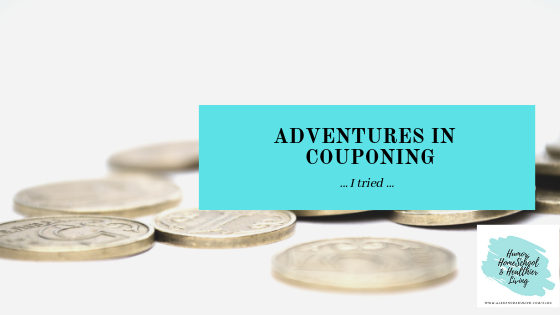
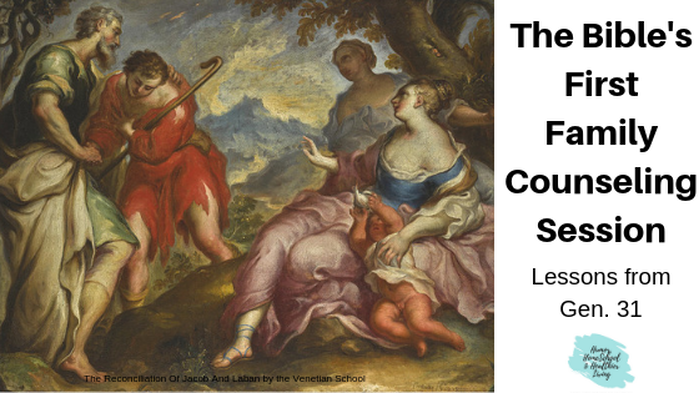
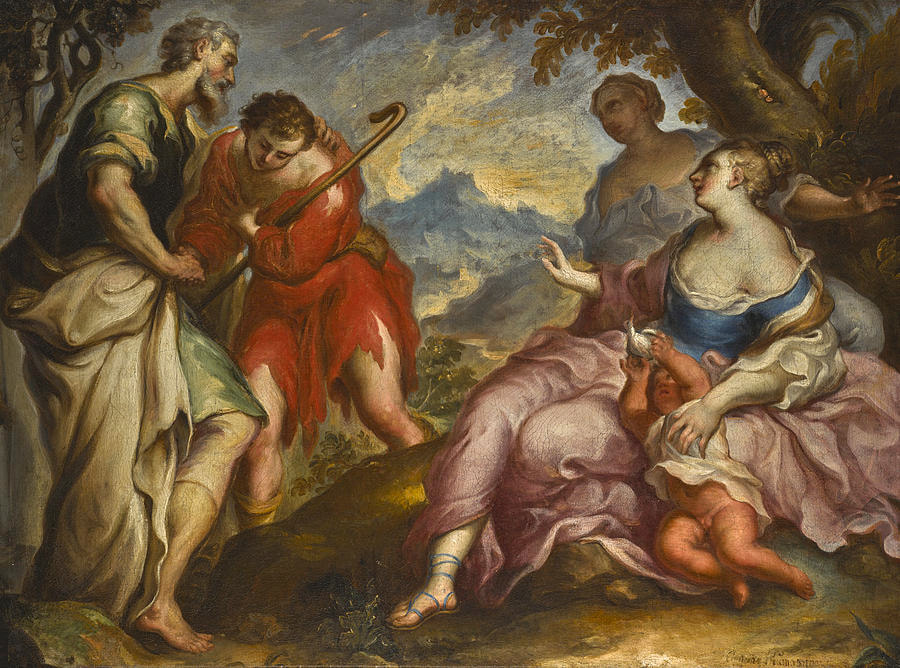
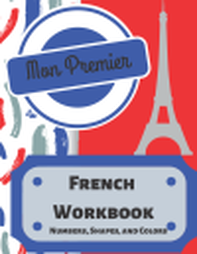
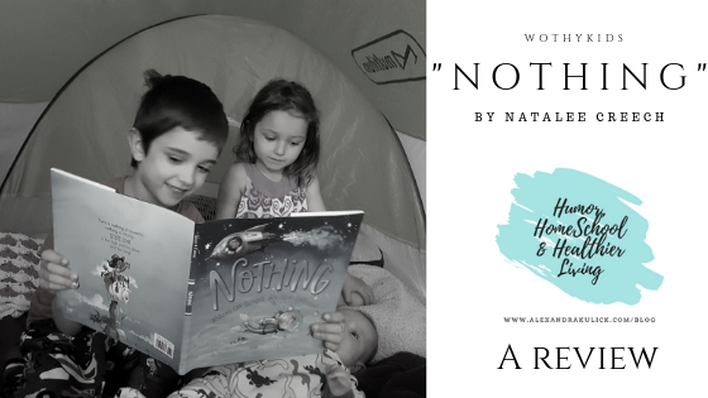
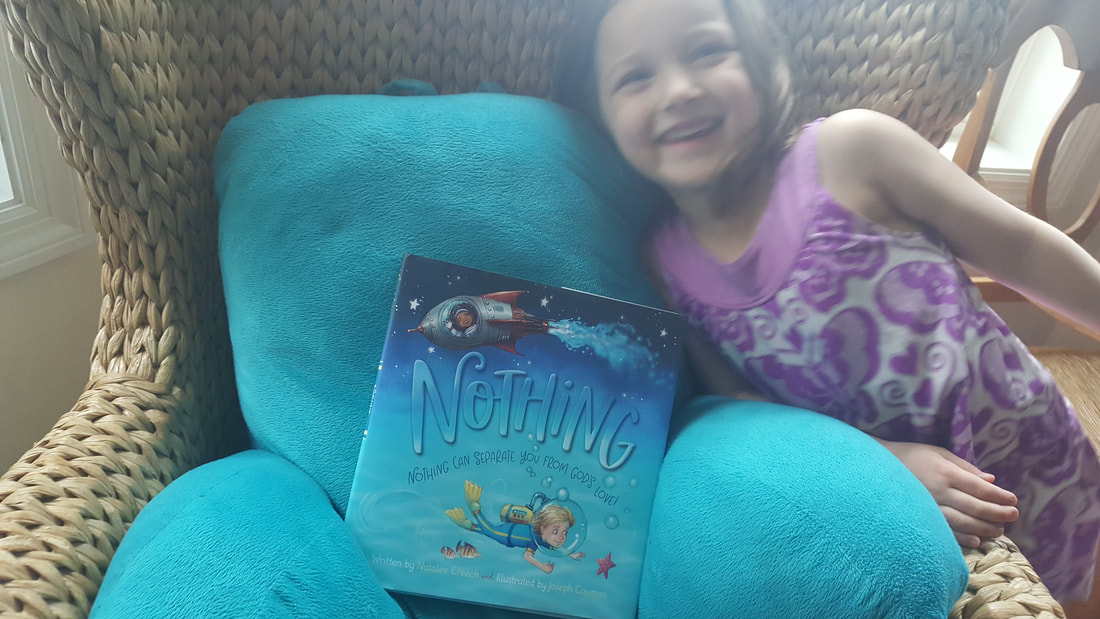
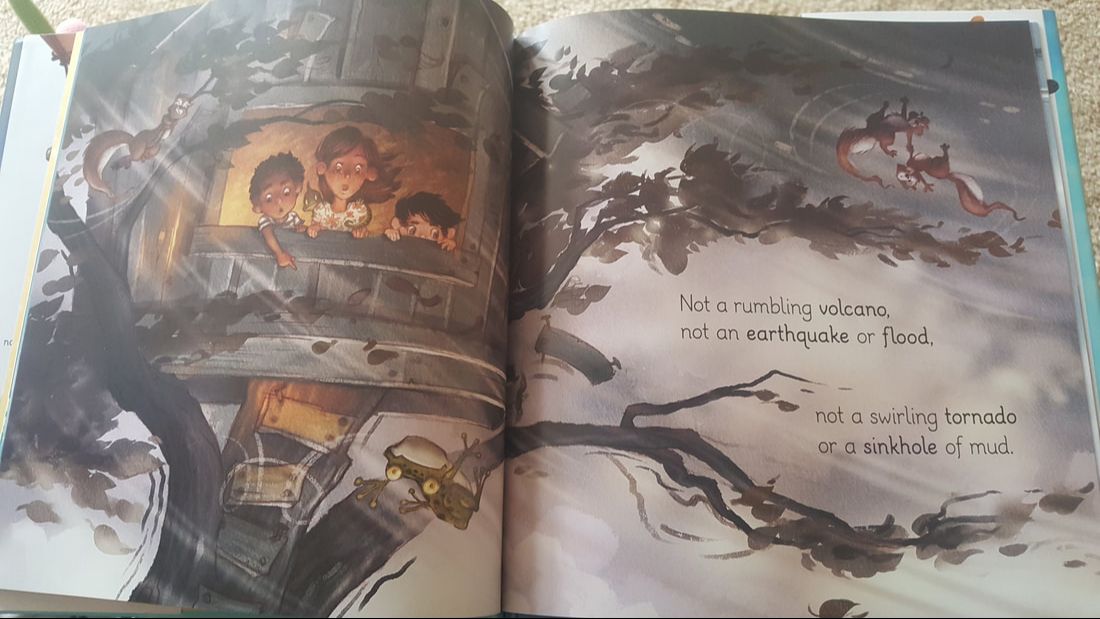
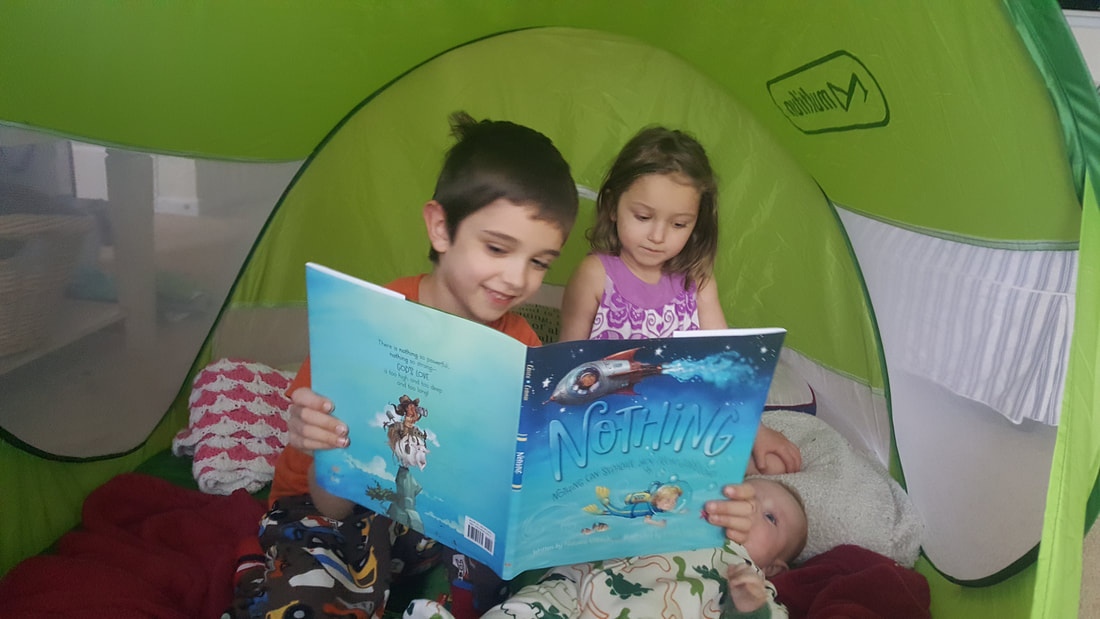
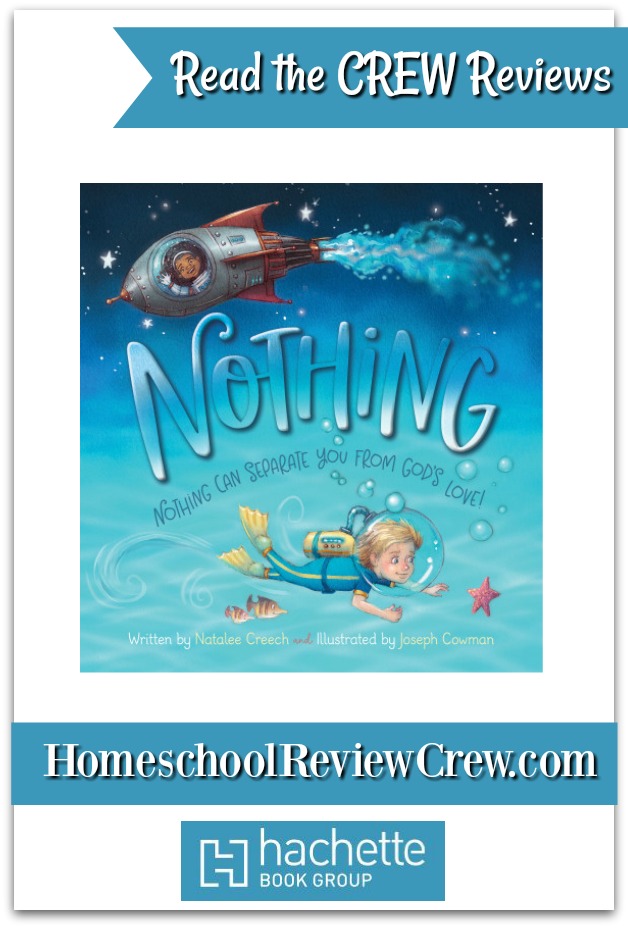

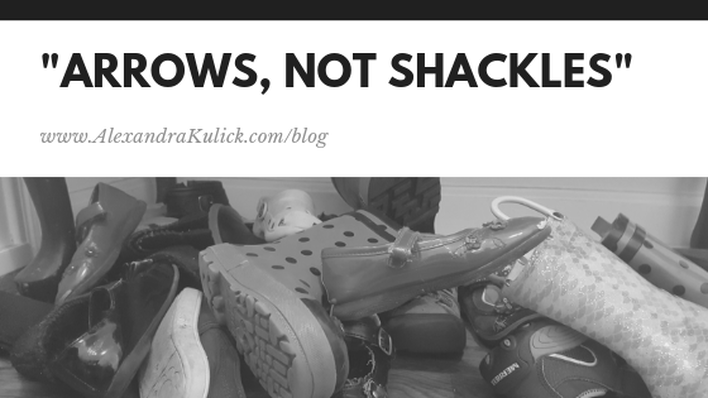
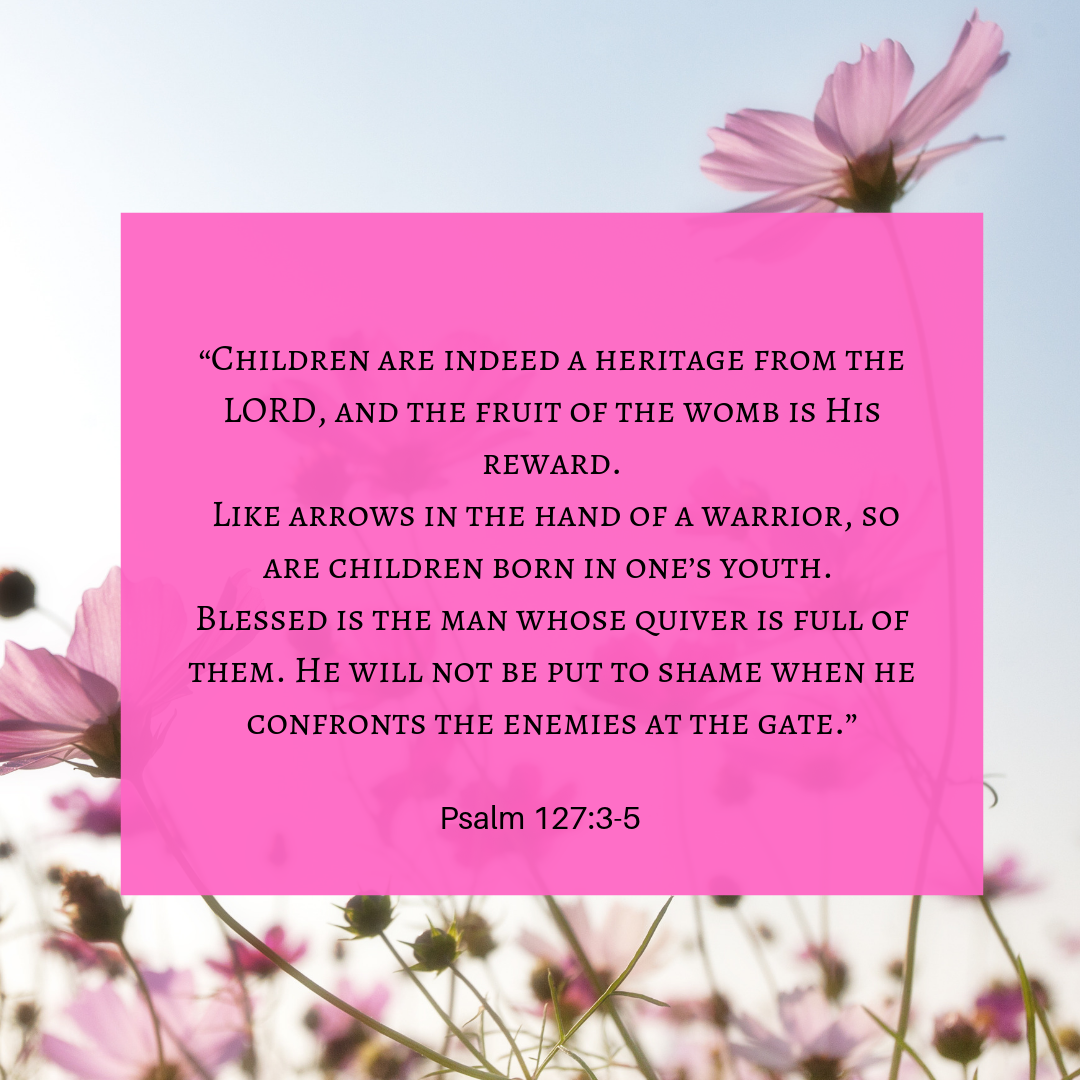
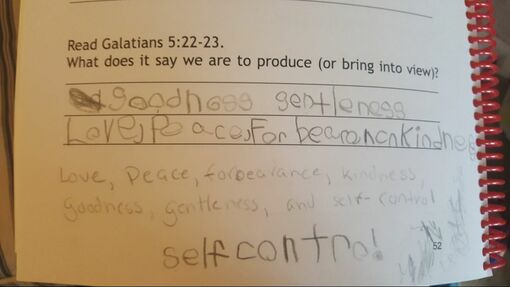
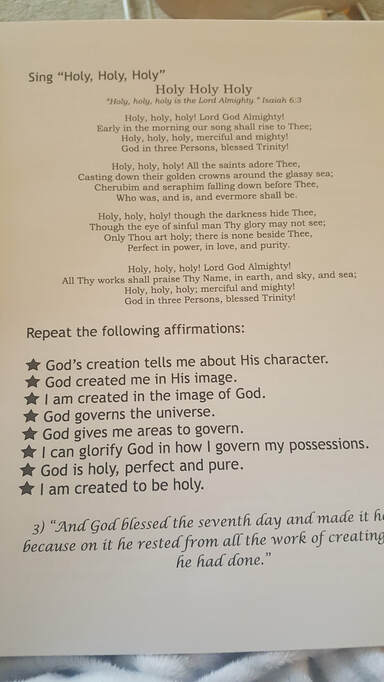




 RSS Feed
RSS Feed
